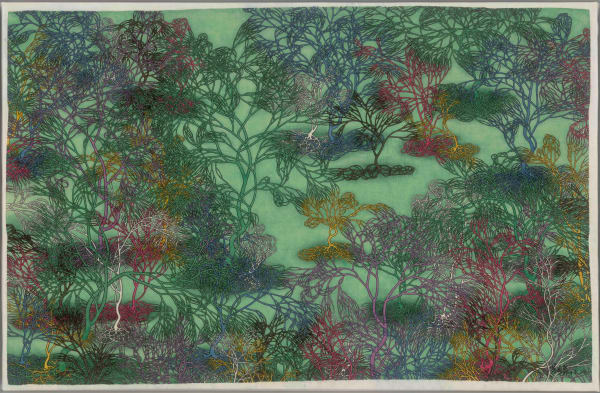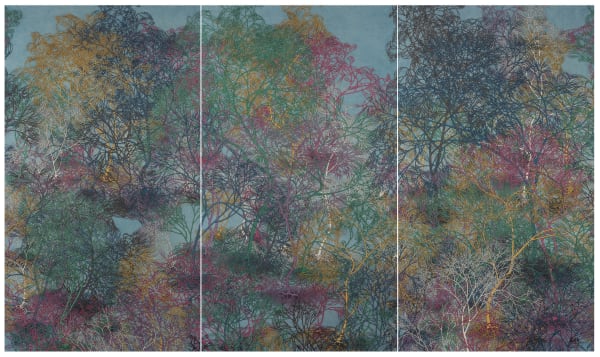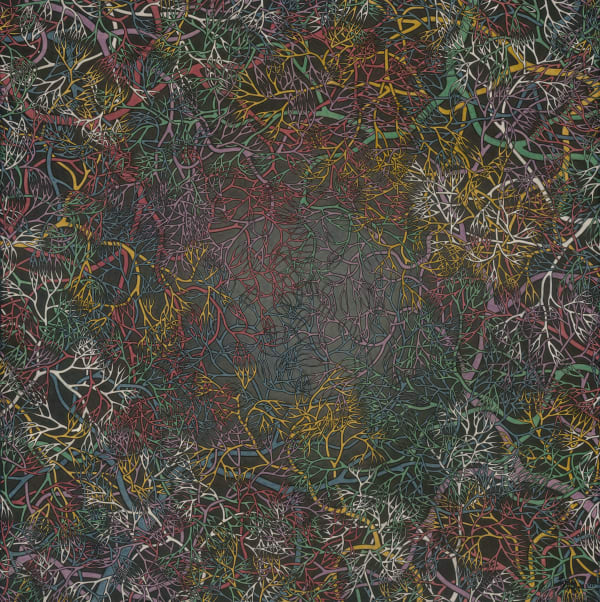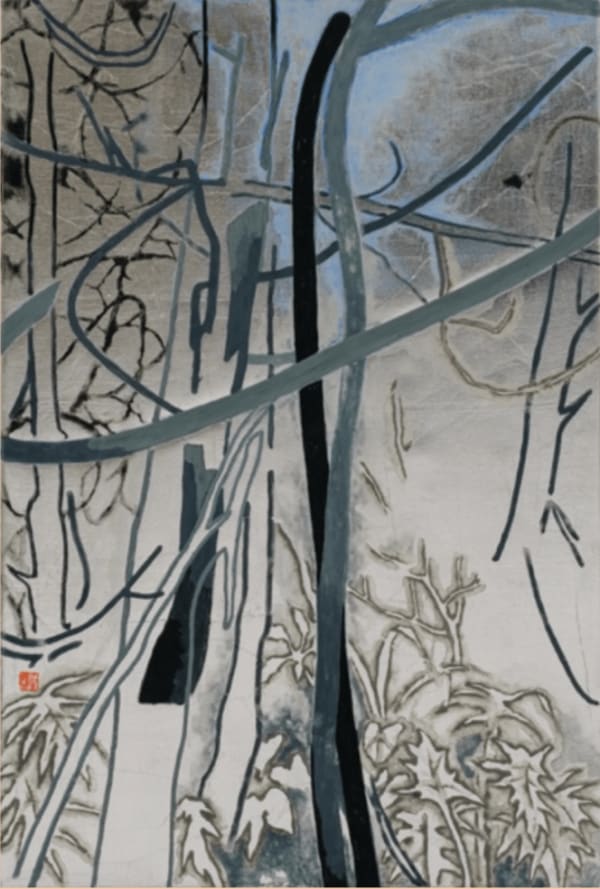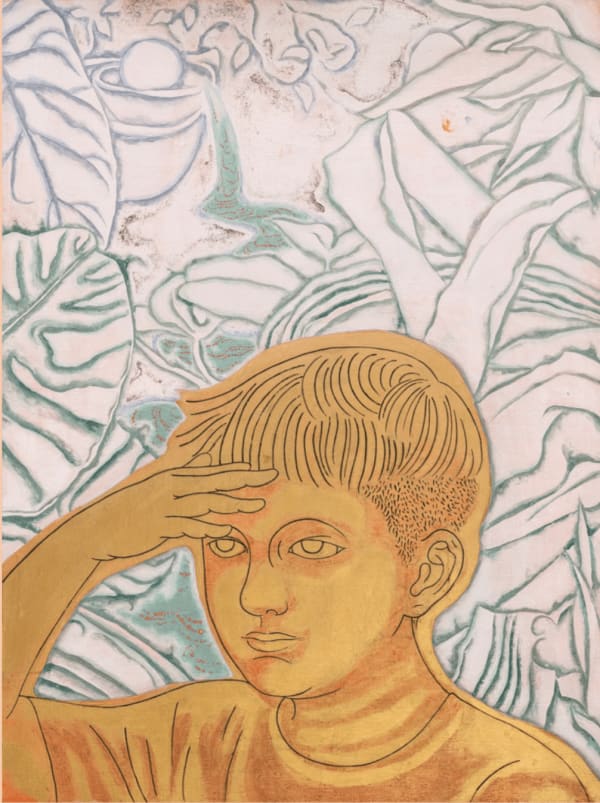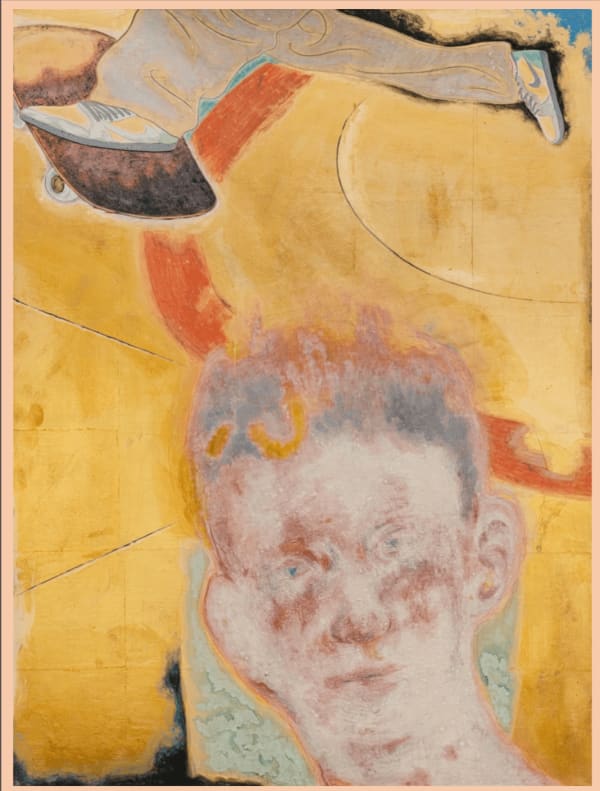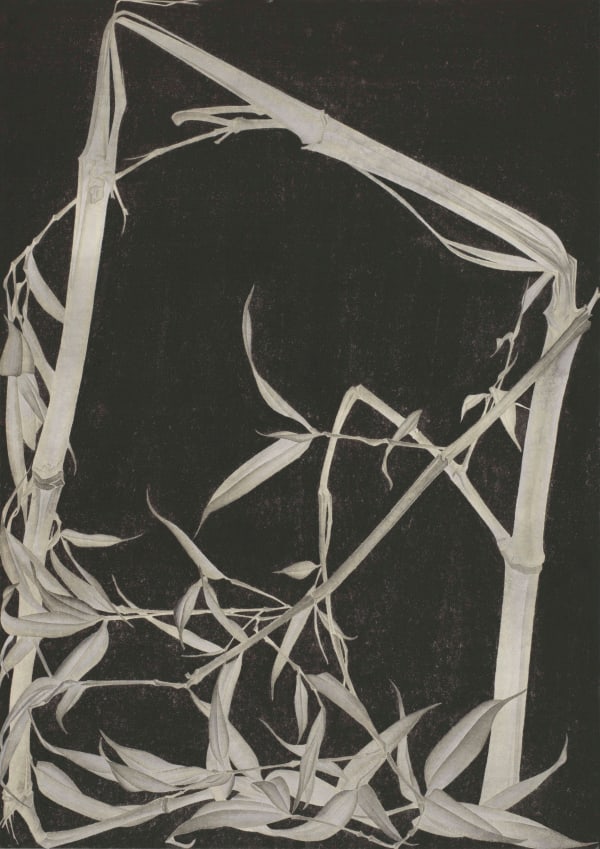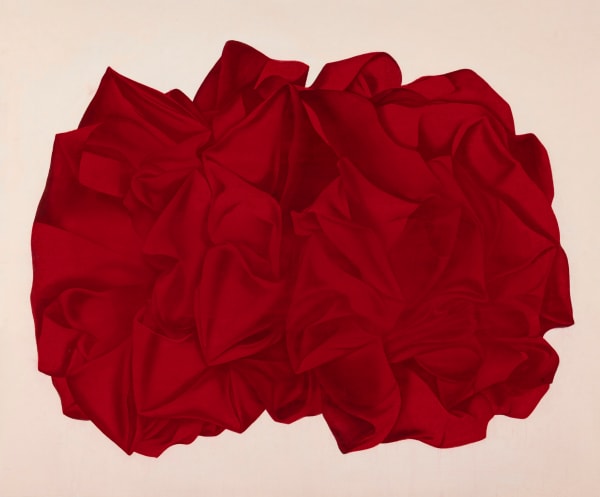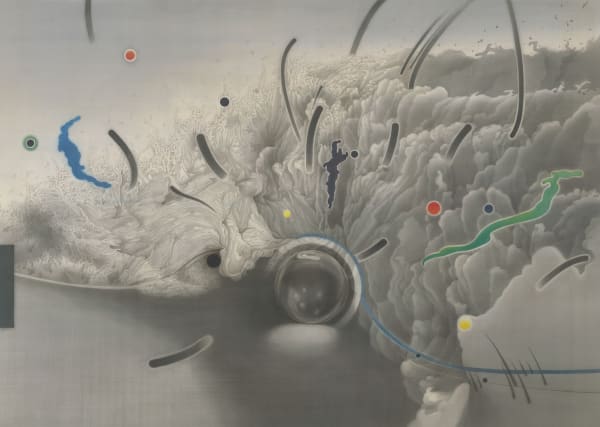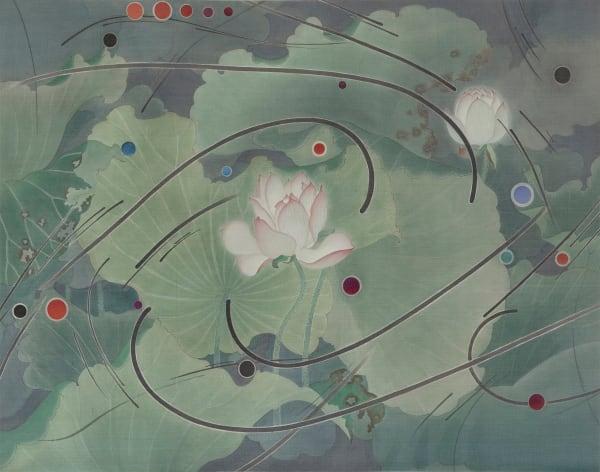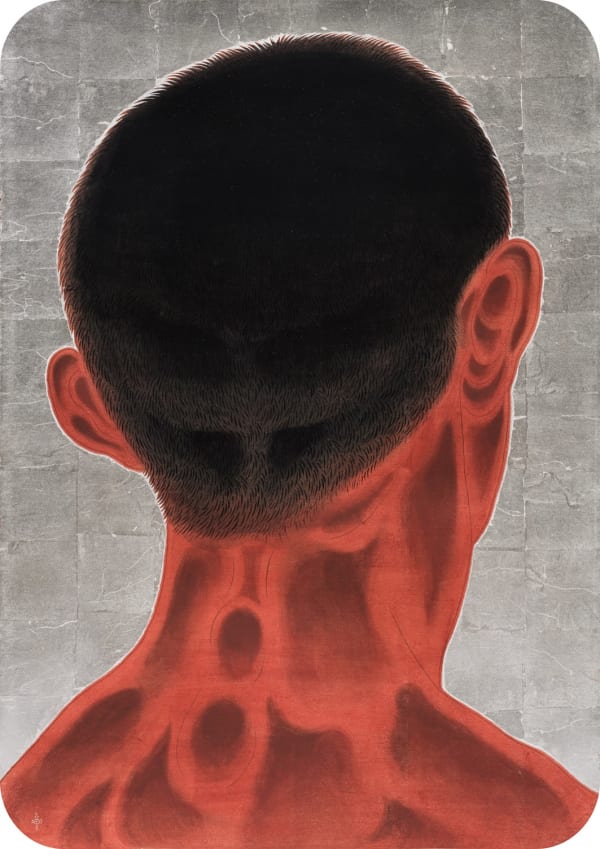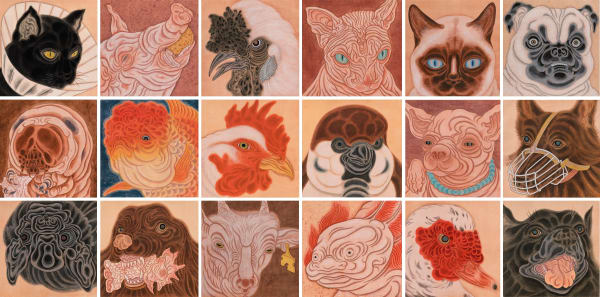Booth 3E02
Hong Kong Convention And Exhibition Centre, 1 Harbour Rd, Wan Chai, Hong Kong
Private View (by invitation only)
Ink and Miniaturism: Bridging Histories of Painting from East to West Asia?
Friday, 24 March, 12:30 pm
Conversations auditorium at Art Basel, N101B, Hong Kong Convention & Exhibition Centre
Tseng Chien-Ying, Artist, Ink Studio
Amir H. Fallah, Artist, Denny Gallery
Wardha Shabbir, Artist
Moderated by Craig Yee, Director, Ink Studio and Dr. Yeewan Koon, Associate Professor and Chair, Department of Art History, University of Hong Kong.
This conversation invites artists to share the traditions and techniques they reference in their work to explore the histories of ink and miniature painting in Asia from a trans-historical perspective. From the emergence of religious pictorial art in South Asia and its transmission via Central Asia to China in the 3rd Century along the Silk Road, through to Yuan Dynasty cultural exchanges with the Moghul and Ottoman courts, and revivals of Persian and miniature painting in the 20th and 21st centuries.
At Art Basel | Hong Kong 2023, INKstudio will present five young artists—LAO Tongli (b. 1982, Leizhou, Guangdong), KANG Chunhui (b. 1982 Urumchi, Xinjiang), DING Qiao (b. 1986, Shandong), Ethan SU Huang-Sheng (b. 1987, Taoyuan, Taiwan), TSENG Chien-Ying (b. 1987, Nantou County, Taiwan)—who utilize the materials and methods of early South, Central and East Asian fine-brush, mineral-pigment-based painting common to the Persian/South-Asian miniature, Buddhist religious murals, Japanese Nihonga and Chinese court painting. Like the contemporary South Asian artists Shahzia Sikander (b. 1969, Pakistan) and Imran Qureshi (b. 1972, India) who precede them, they expand upon the visual semiotics of this early trans-national art language to interrogate questions such as religion, ecology, sexuality and queerness from their perspective as young artists situated in Taiwan and China.
INKstudio is a Beijing- and New York-based gallery that presents contemporary art emerging from the historic INK-art discourse in East Asia. A critical dimension to this discourse involves the emergence of religious pictorial art in South Asia and its transmission via Central Asia to China in the 3rd-12th Centuries along the Silk Road. This pictorial language would evolve into the Imperial painting styles of the Tang and Song courts and subsequently spread to Korea, Japan and Tibet—through the dissemination of Buddhism—and back to Central and South Asia—through Yuan Dynasty cultural exchange with the Moghul and Ottoman courts. This early trans-national pictorial language has taken modern and contemporary form during the art reforms of Meiji-era Japan—Nihonga—through the postcolonial, post-modern revival of the Persian/South Asian miniature by contemporary South Asian artists such as Shahzia Sikander (b. 1969, Lahore) and Imran Qureshi (b. 1972, Hyderabad), through the post-Mao revival of Imperial Court painting by Chinese artists such as Xu Lei (b. 1962, Nantong) and Hao Liang (b. 1983, Chengdu) and through the contemporary thanka-inspired paintings of Tibetan artists such as Tenzing Rigdol (b. 1982, Kathmandu) and Gonkar Gyatso (b. 1961, Lhasa).
At Art Basel | Hong Kong 2023, INKstudio extends this trans-national discourse by presenting five 80’s generation artists who in their recent works expand upon the visual semiotics of this pre-colonial, trans-national art language to interrogate questions such as religion, ecology, sexuality and queerness from their perspective as young artists situated in Taiwan and China today.
LAO Tongli (b. 1982, Leizhou, Guangdong) starts with a simple philosophical premise that human meaning emerges first as personal, subjective experience. The artist first came upon the imagery for his Desire of Libido series (2013–2018) as physicians cared for his father who was ailing from heart disease. Lao’s expansive compositions, at first glance, evoke the monumental landscapes of the Northern Song period. Upon closer inspection, however, these monumental forms dissolve into a dense network of branches and twigs resembling a forest canopy. Closer still, this panorama of interwoven trees dissolves yet again into a complex web of interconnected blood vessels. This progression of homologous branching forms serves as a poignant and deeply personal invocation of the deep philosophical connection between humans and nature found in both early Chinese thought and contemporary ecological thinking.
KANG Chunhui (b. 1982, Urumchi, Xinjiang) graduated with her MFA from Seoul National University in 2010. She has spent her life studying the early Buddhist mural paintings in the Kizil Grottos (4th to 8th Centuries) near her hometown of Urumchi. The painting materials, technique, style and subject matter of the Kizil Grottos is highly syncretic reflecting Central Asian—Kuchan, Gandharan and Persian—origins and reflecting contemporaneous artistic exchange with Byzantine Europe and historical influence from both India and classical Greece. Kang Chunhui’s practice involves researching and compounding her own mineral pigments from the same local sources used by the Central Asian artisans working in Kizil and rendering subjects both mundane and religious using the chromatic intensity and range made possible by this process.
DING Qiao (b. 1986, Yantai, Shandong) completed her MFA in 2017 at the Central Academy of Fine Arts in Beijing specializing in theory, methods and aesthetics of Song Imperial Court painting in which mineral pigments such as azurite, malachite, lapis lazuli, lead, cobalt and cinnabar are mixed with animal glue and applied with a fine brush on paper and silk. The aesthetics of painting in China is synesthetic in that poetry, sound and music where integral to the expressed imagery of the artist and the imagined experience of the viewer. Ding Qiao’s response to this impulse is to put Imperial Court painting style and subject matter in resonance with the soundscapes of synesthetic musical composers such as Erik Satie and Maurice Ravel. In her Ondine series, for example, she finds resonance between the European mythology of the water nymph and the Buddhist religious symbolism of the blossoming lotus, between Ravel’s musical evocation of water’s undulating movement and its visual representation in the cool and pure chromatic tones of malachite and azurite mineral pigments.
For Ethan SU Huang-Sheng (b. 1987, Taoyuan, Taiwan), the abundance and complexity of his daily visual experience living in modern Taipei has become a central impetus in the creation of a contemporary visual language for traditional ink painting. Through accumulation, reflection and transformation, he draws inspiration from ordinary and trivial objects seen in the quotidian world—trees decorated with neon lights, tropical plants from the wooded hillside behind his studio, the muscular figure of his boxing trainer, the small corner view from his rooftop balcony—and renders them using a portfolio of historical painting methods including Chinese Imperial gongbi painting, religious mural painting from the Silk Road, painting on gold and silver foil from Korean and Japanese folding screens of different eras, and Christian icon painting from Byzantine-era frescoes.
TSENG Chien-Ying (b. 1987, Nantou, Taiwan) explores the use of religious iconography and religious visual experience in a critical interrogation of normativity. Using a personally-inflected "queer" sensibility, Tseng transgresses received notions of normal/abnormal, good/bad, beautiful/ugly, desirable/undesirable by inverting the religious iconography of the sacred and sacrilegious. In his aesthetic rendering of the "queer," body, artifice, flesh, fetish, sacrifice, bondage, death and decay are made sacred. Tseng’s notions of the non-normative draw from his investigations of Buddhist philosophy—specifically, the non-reality of dualistic constructions—and Taoism—namely, the radical relativism of thinkers such as Zhuangzi.
